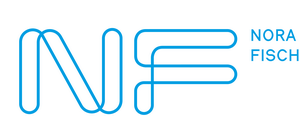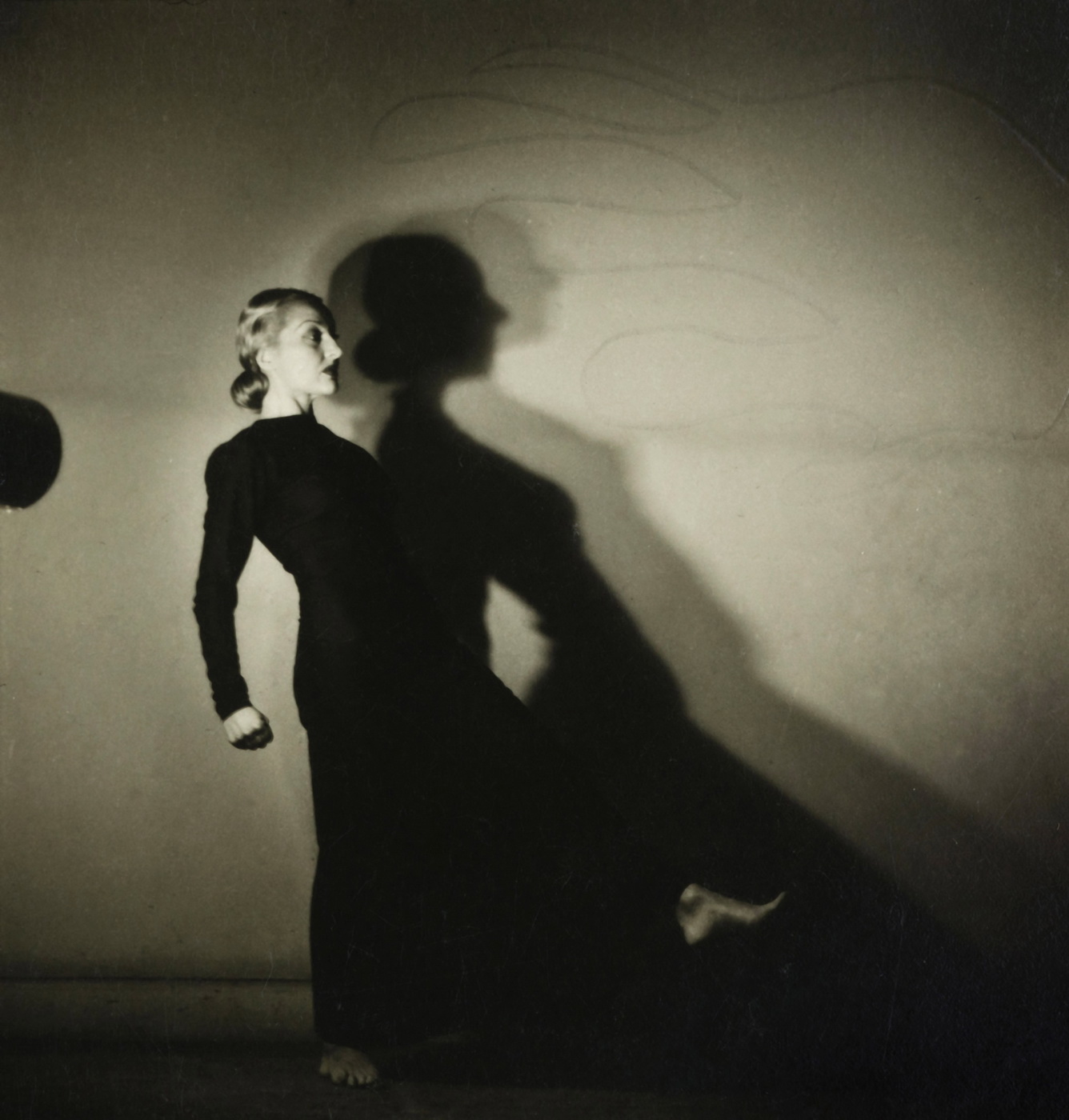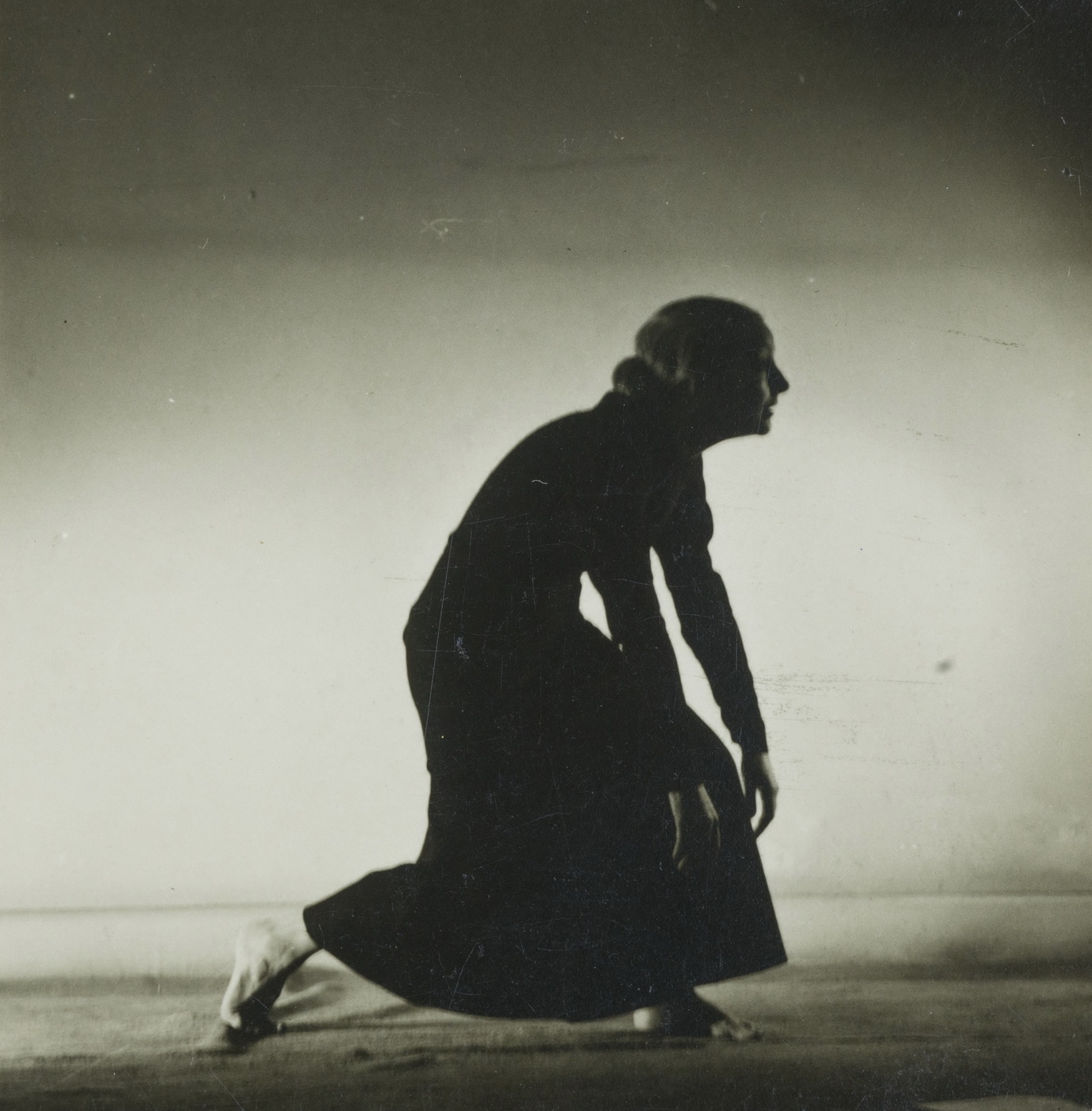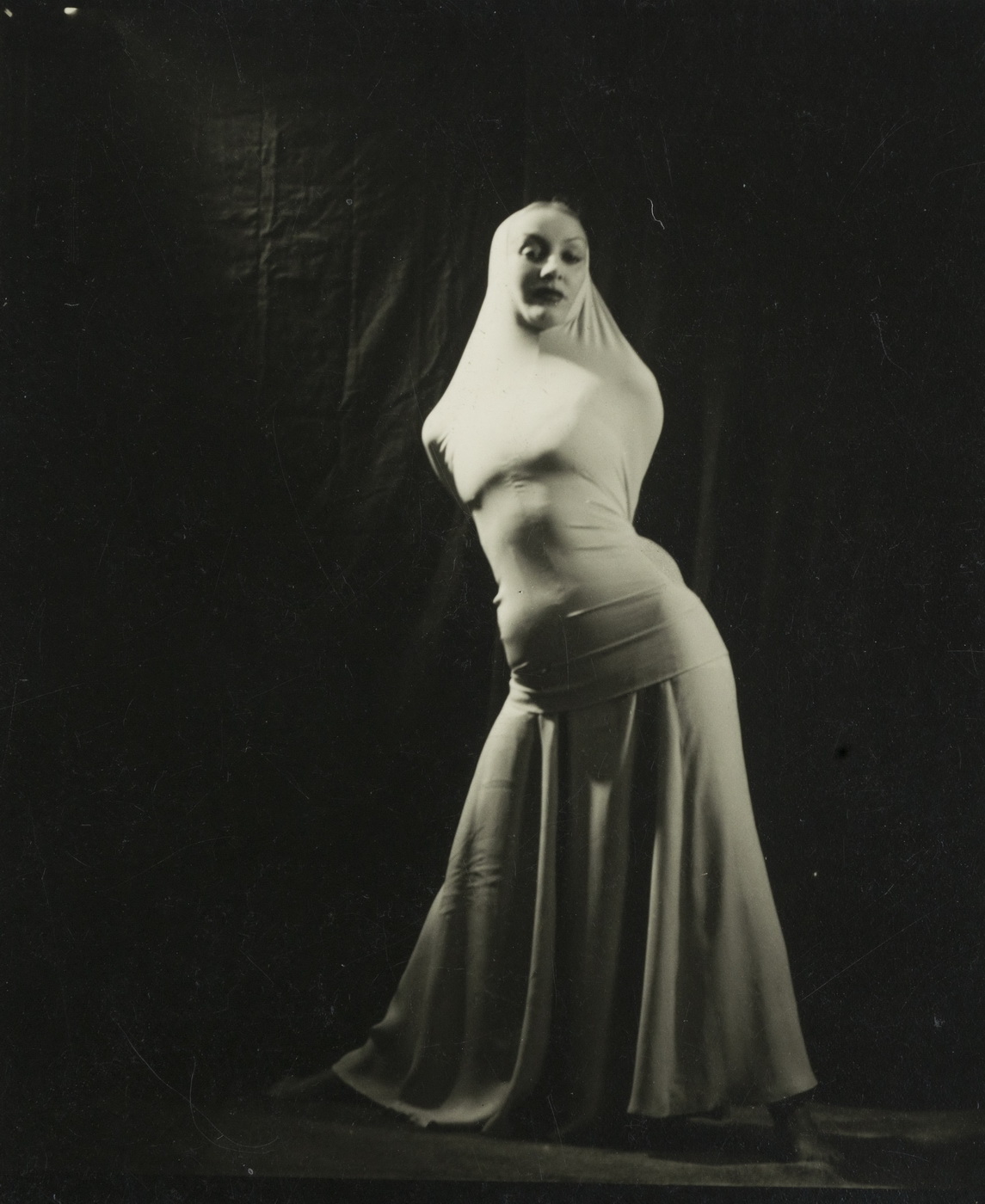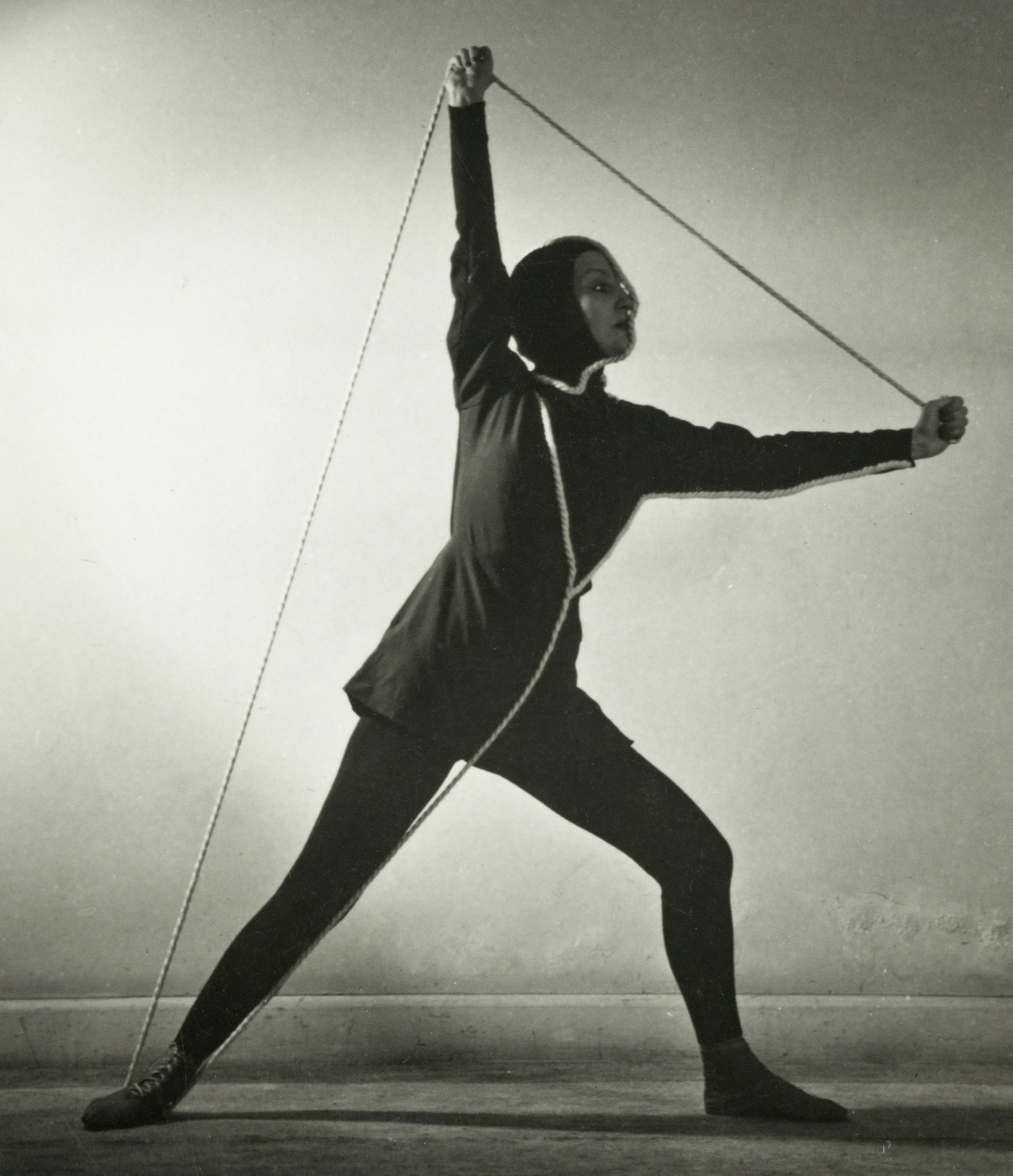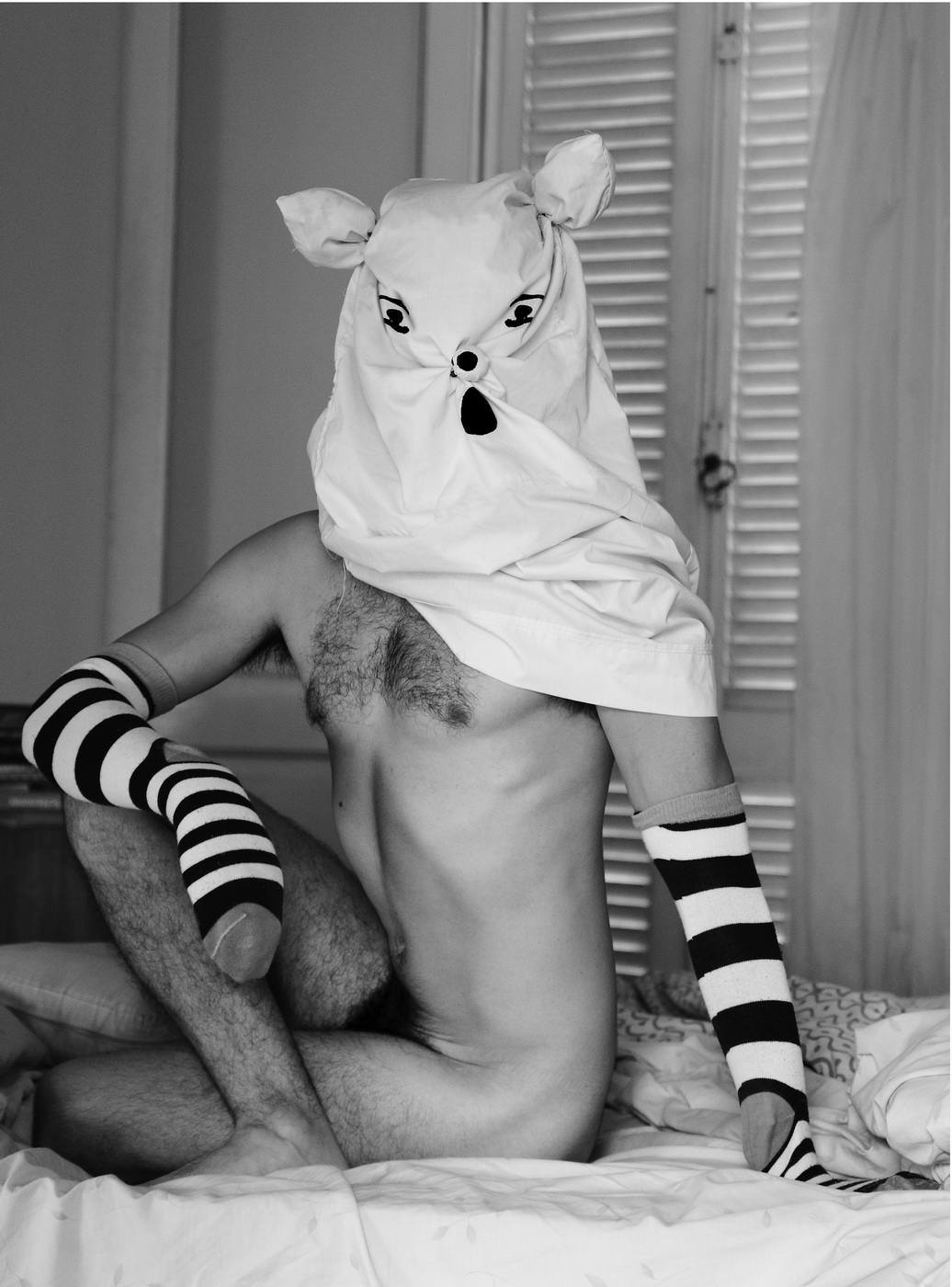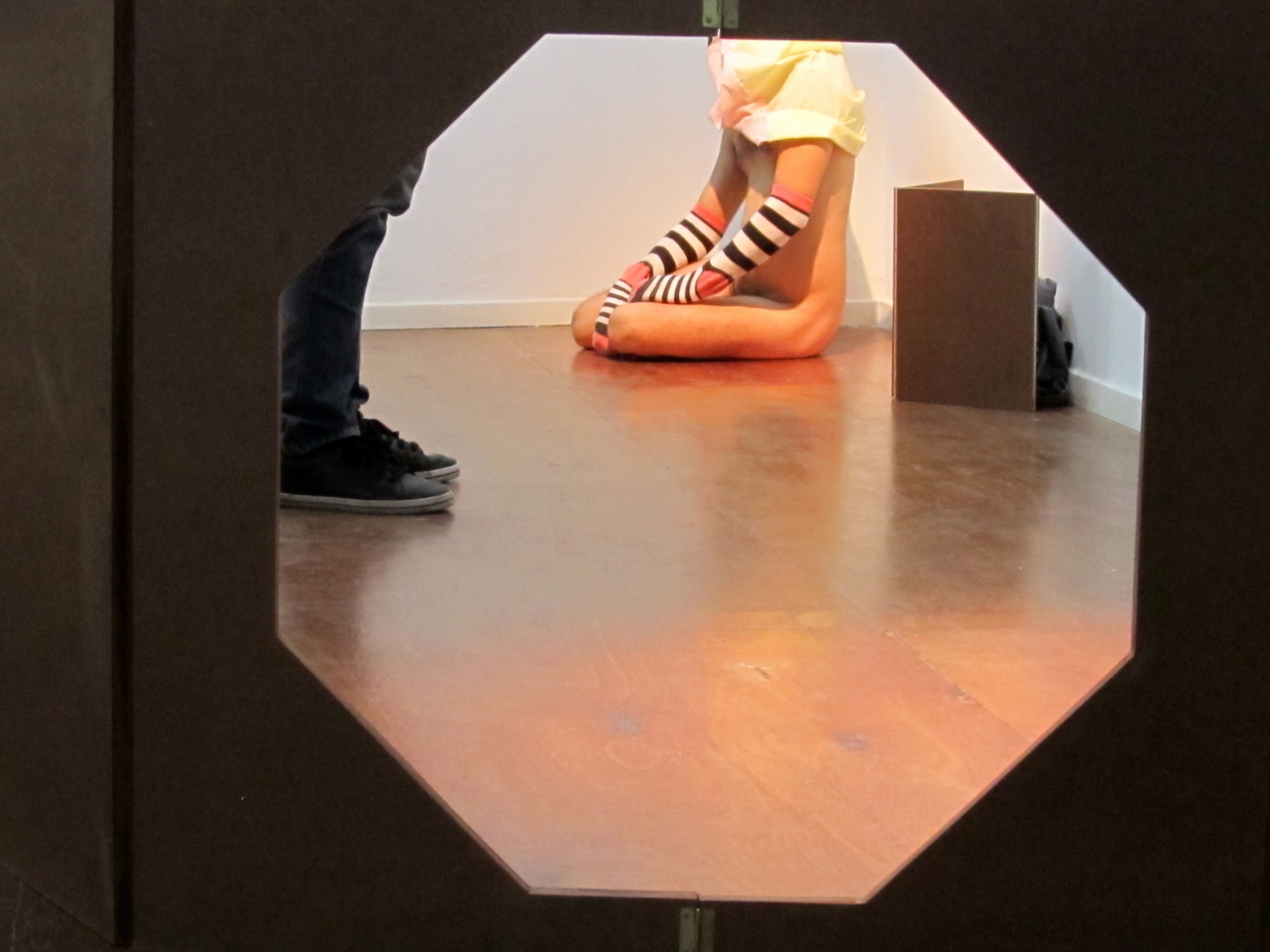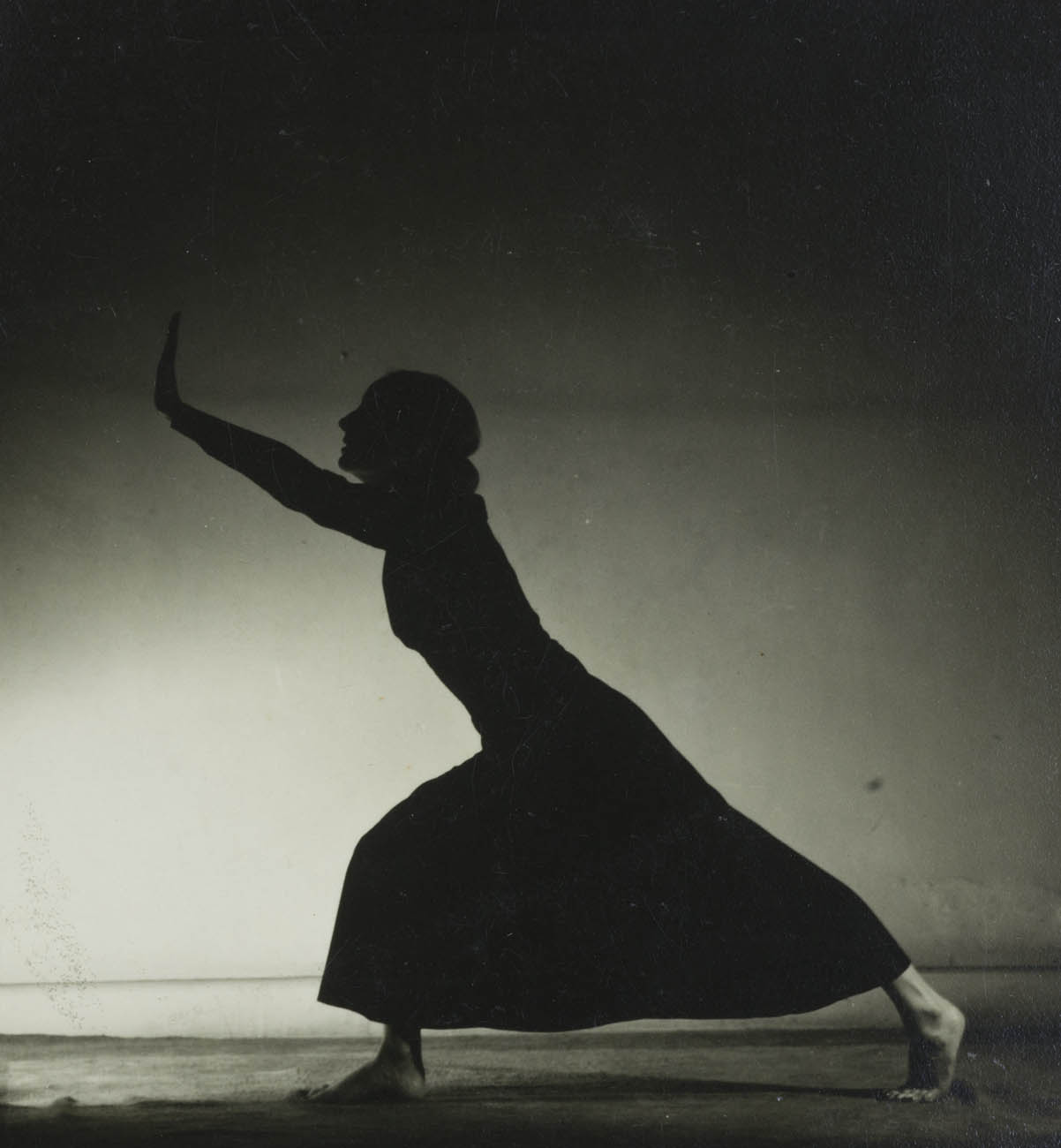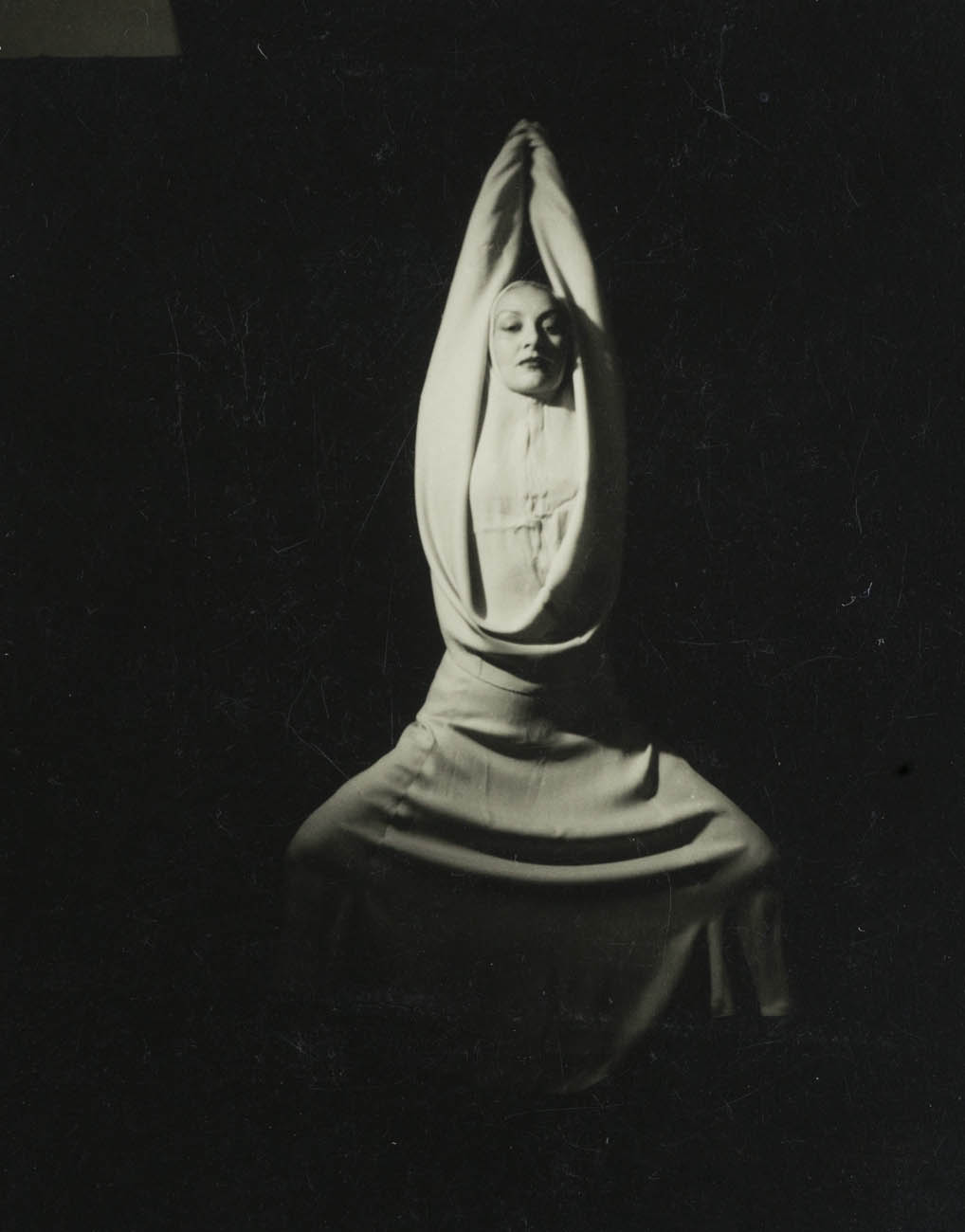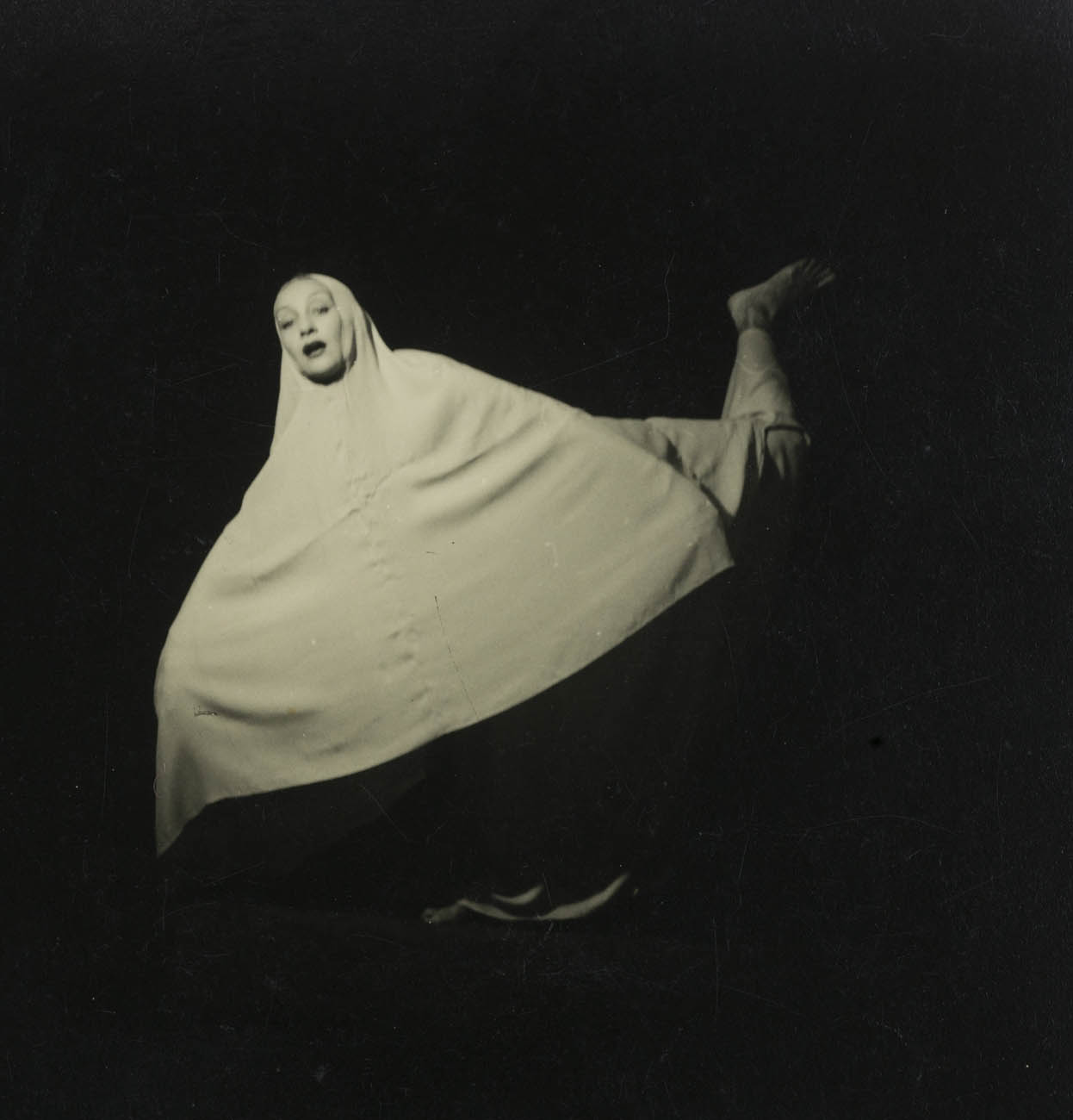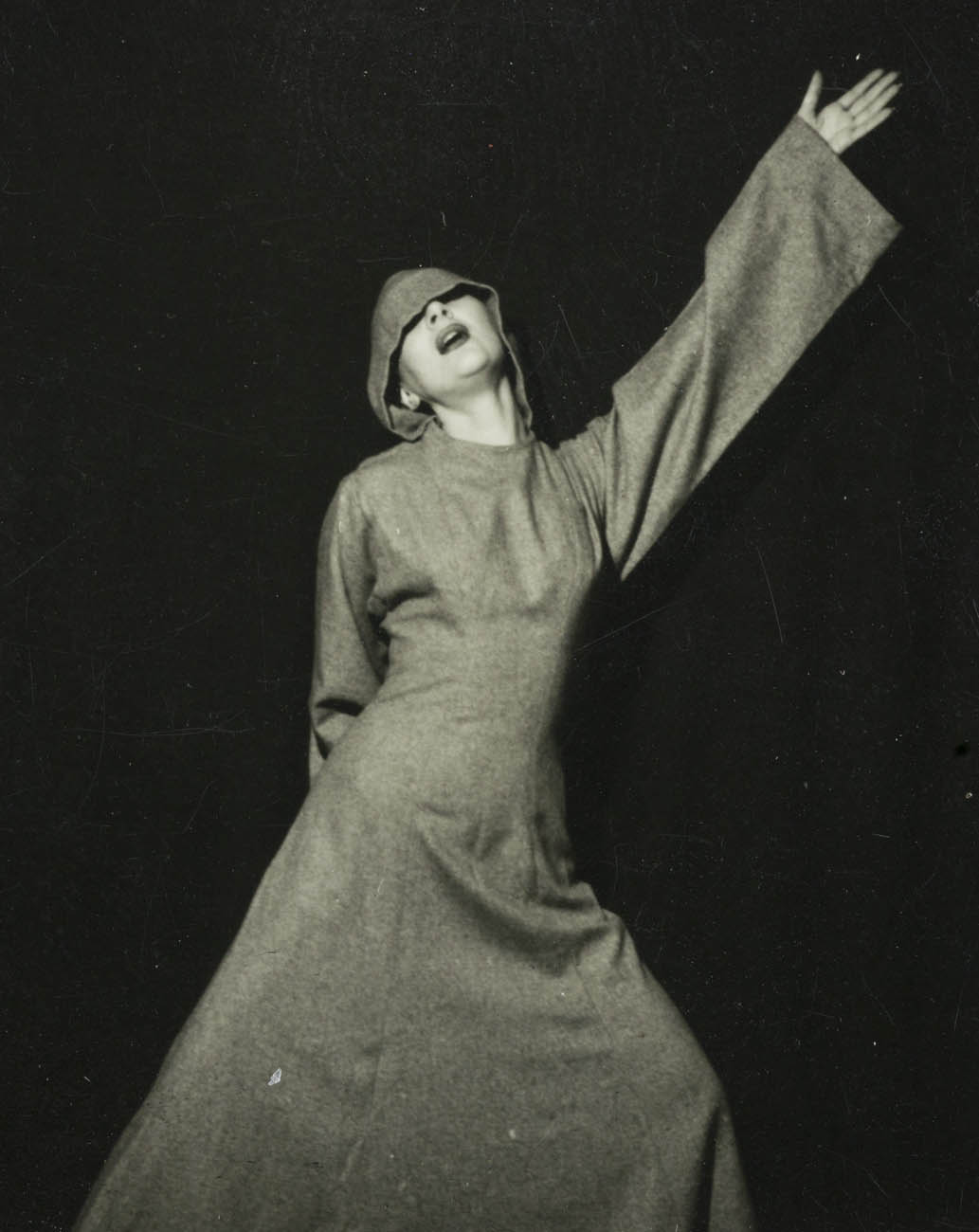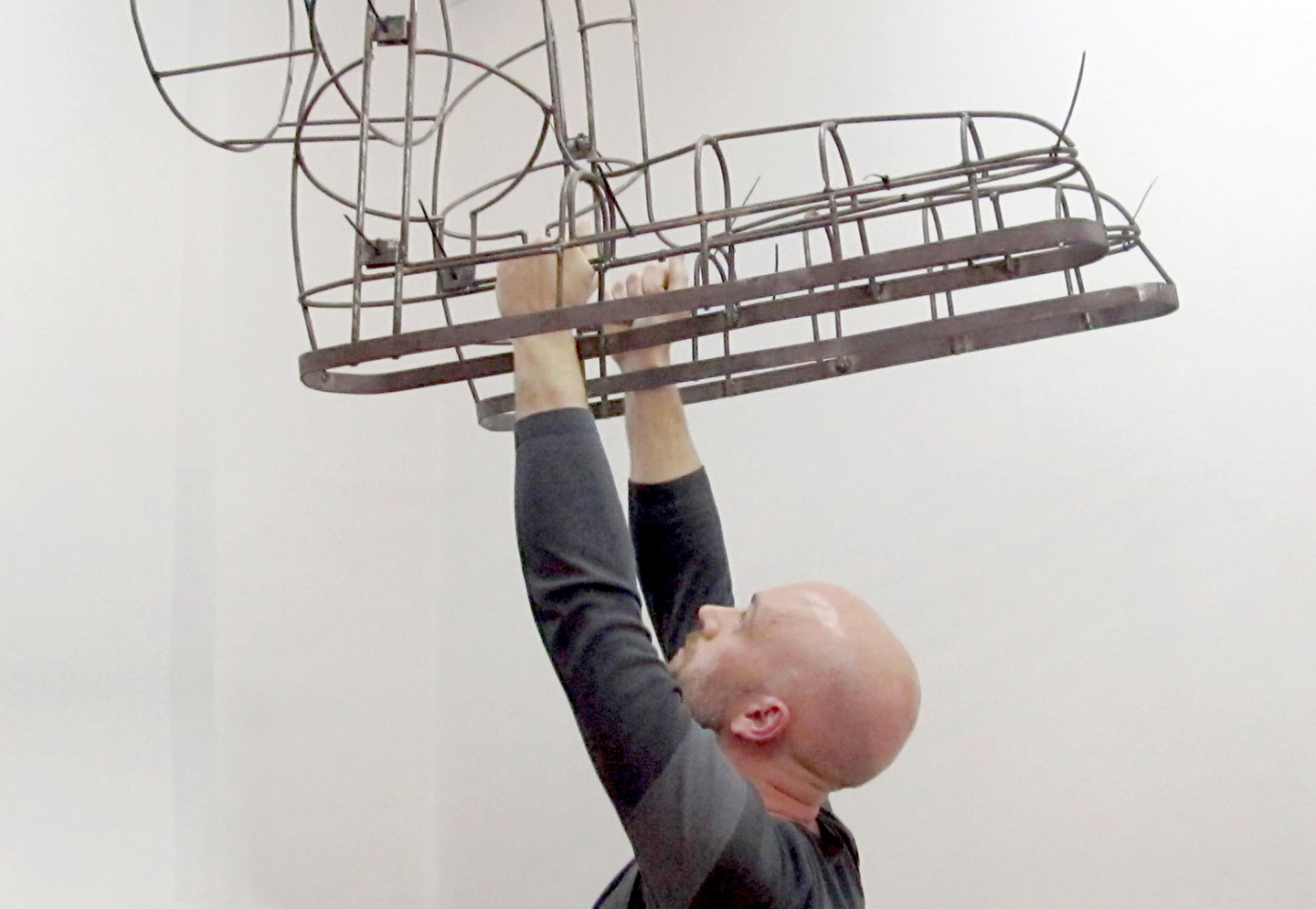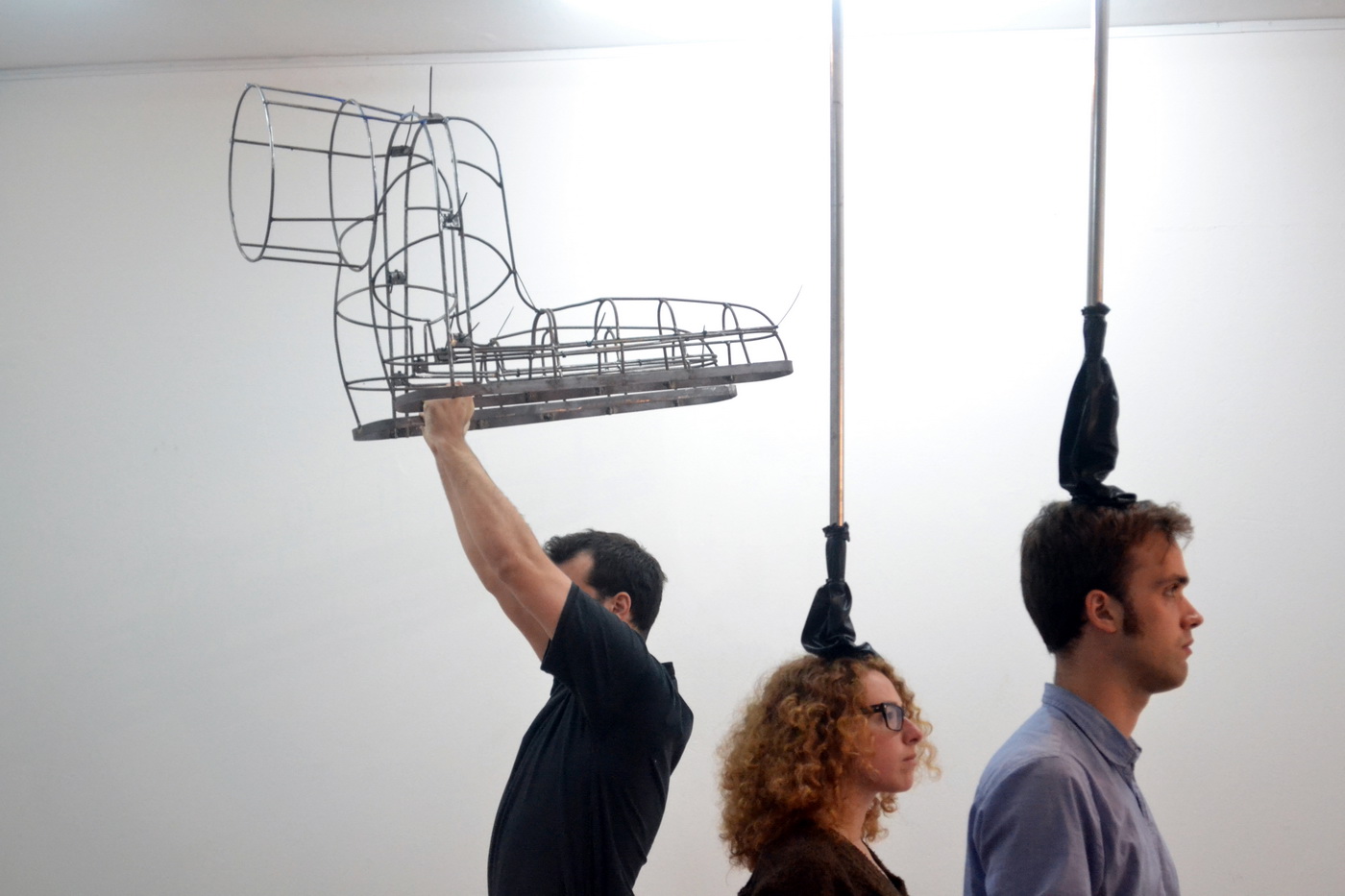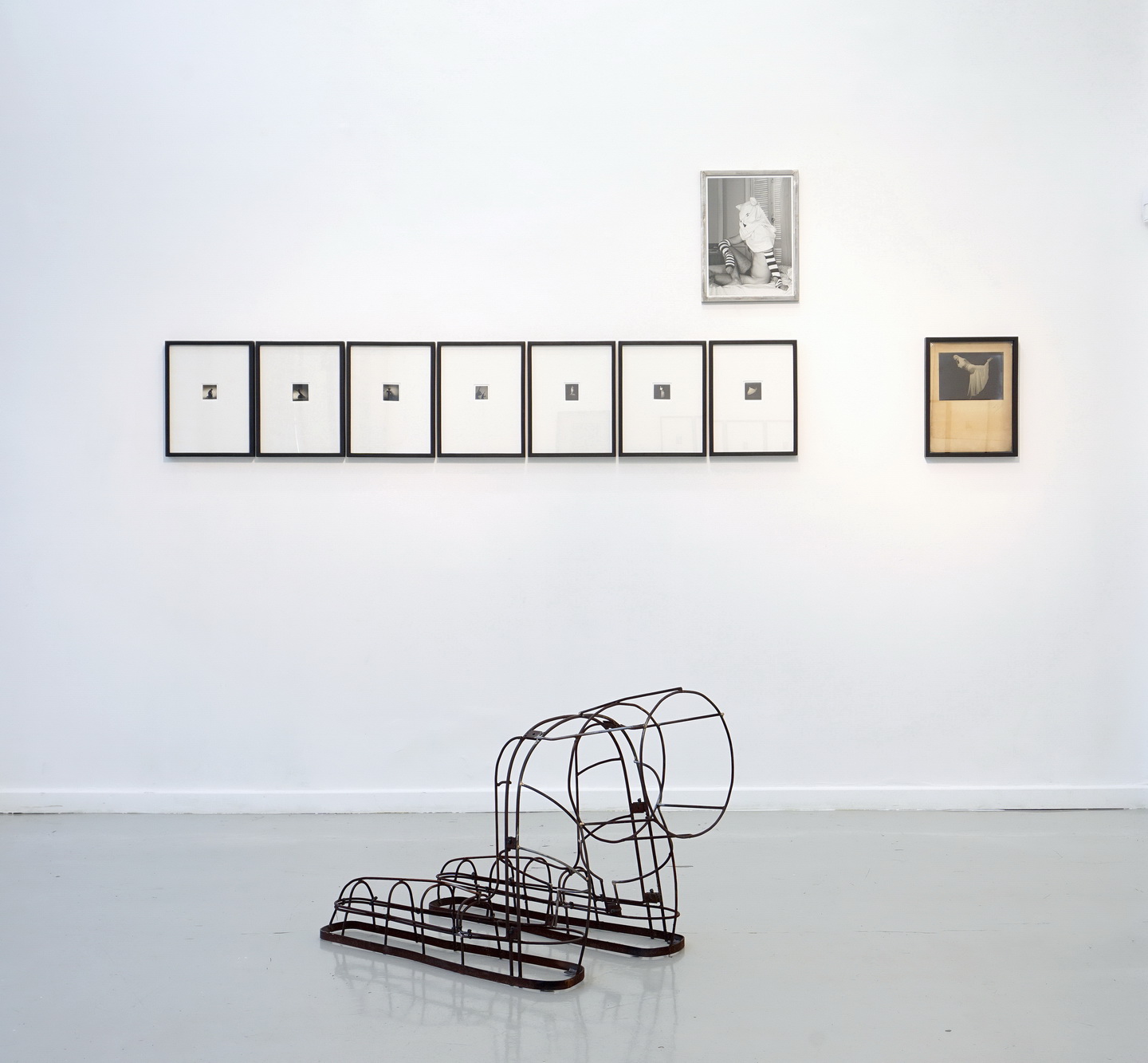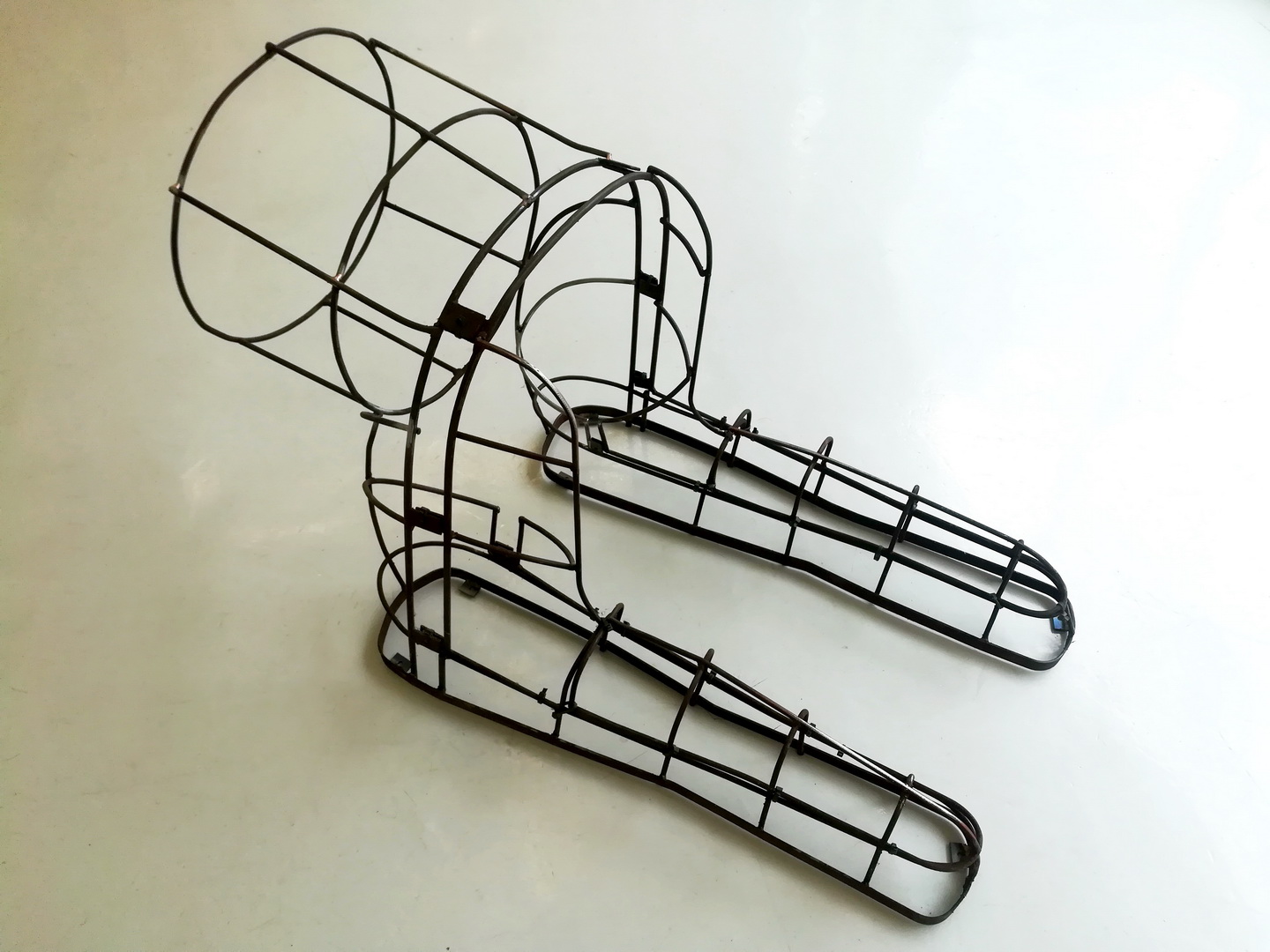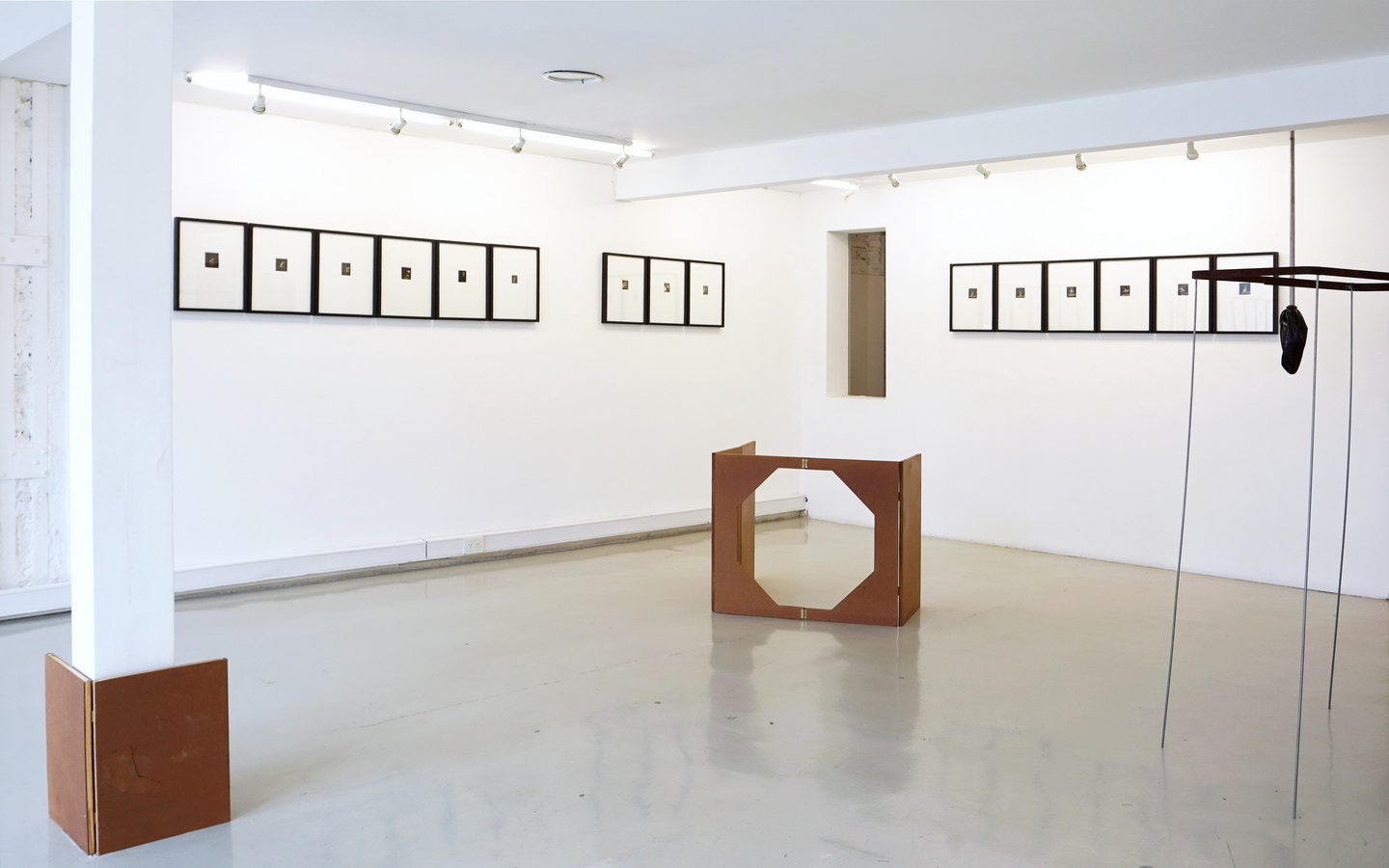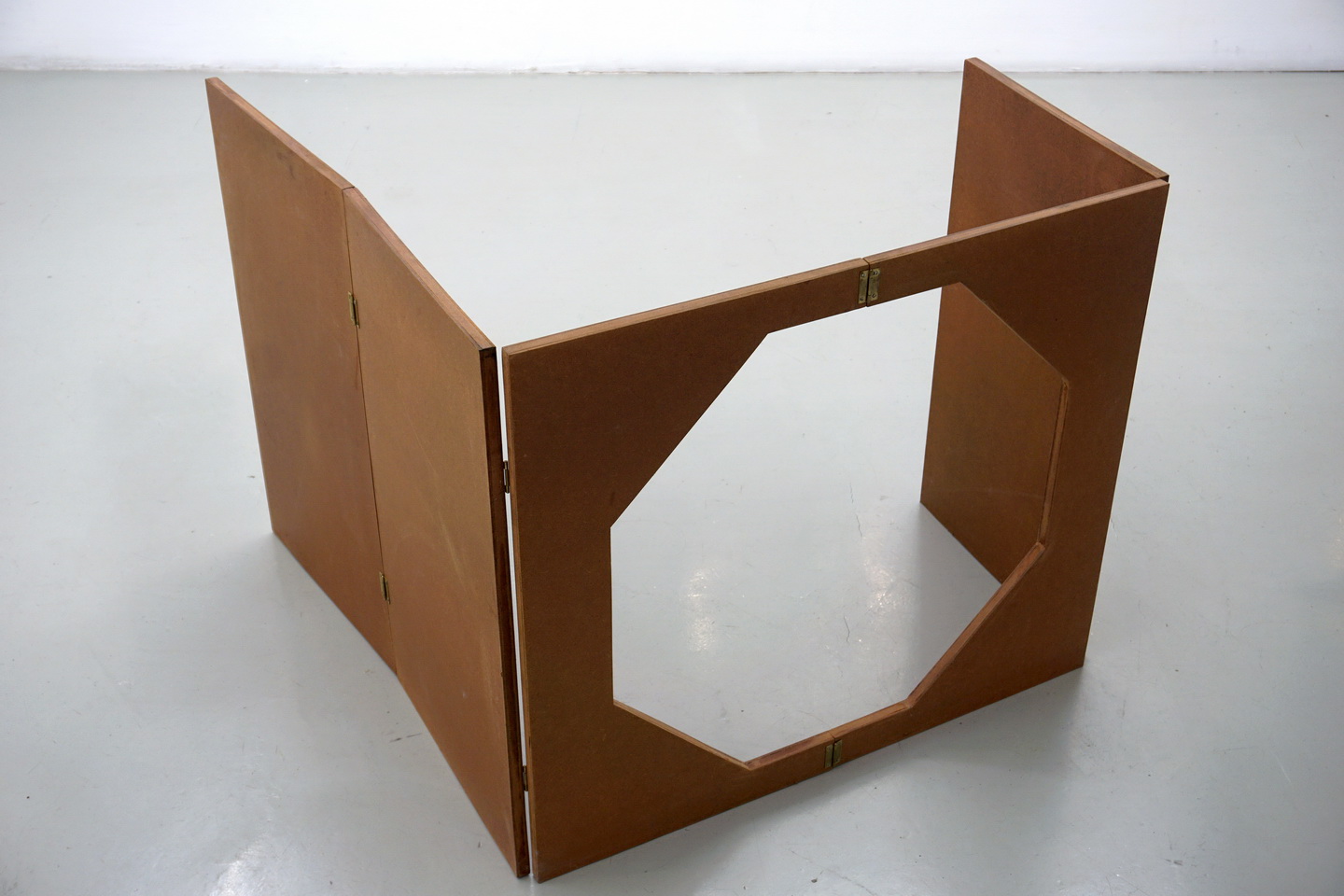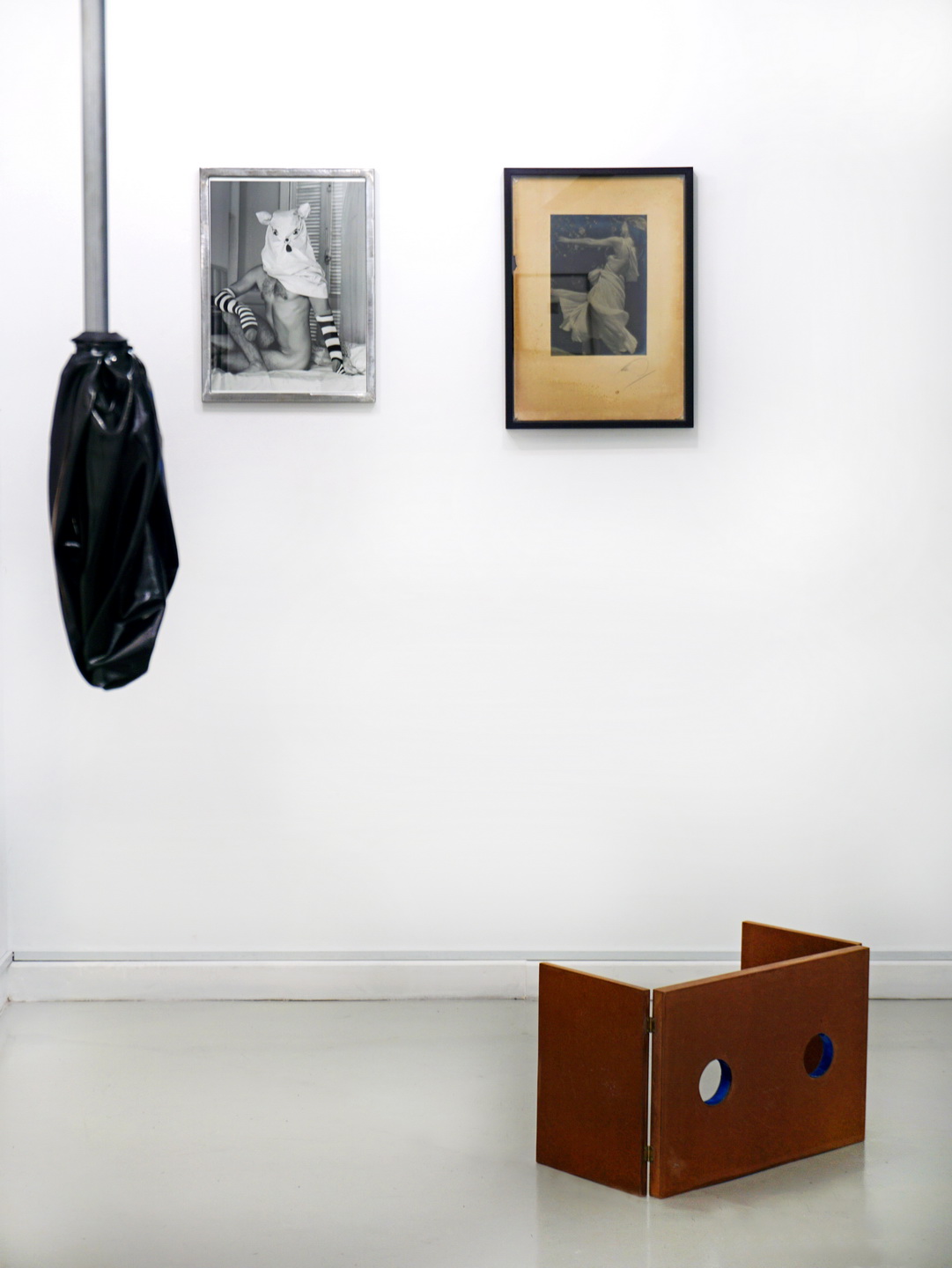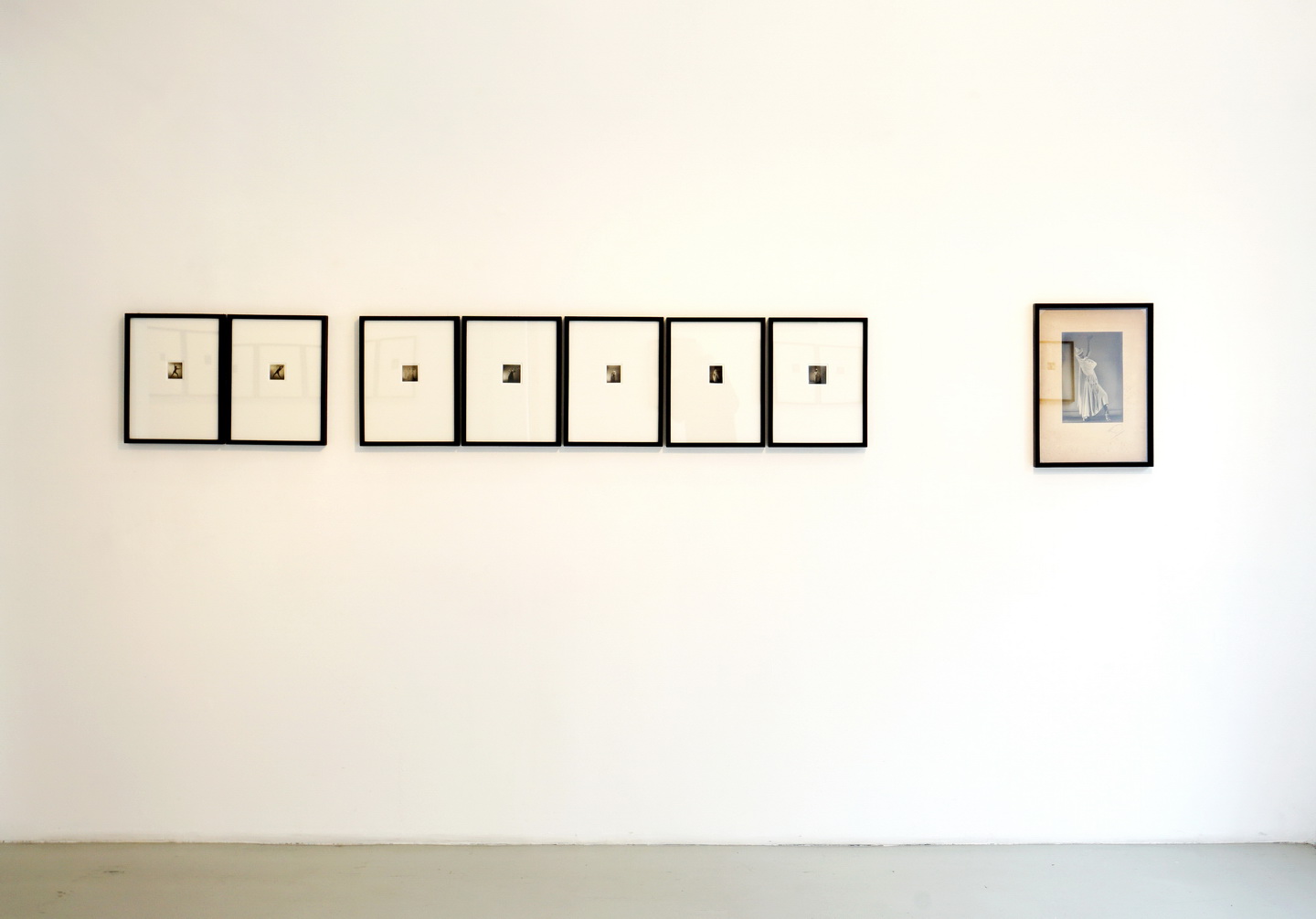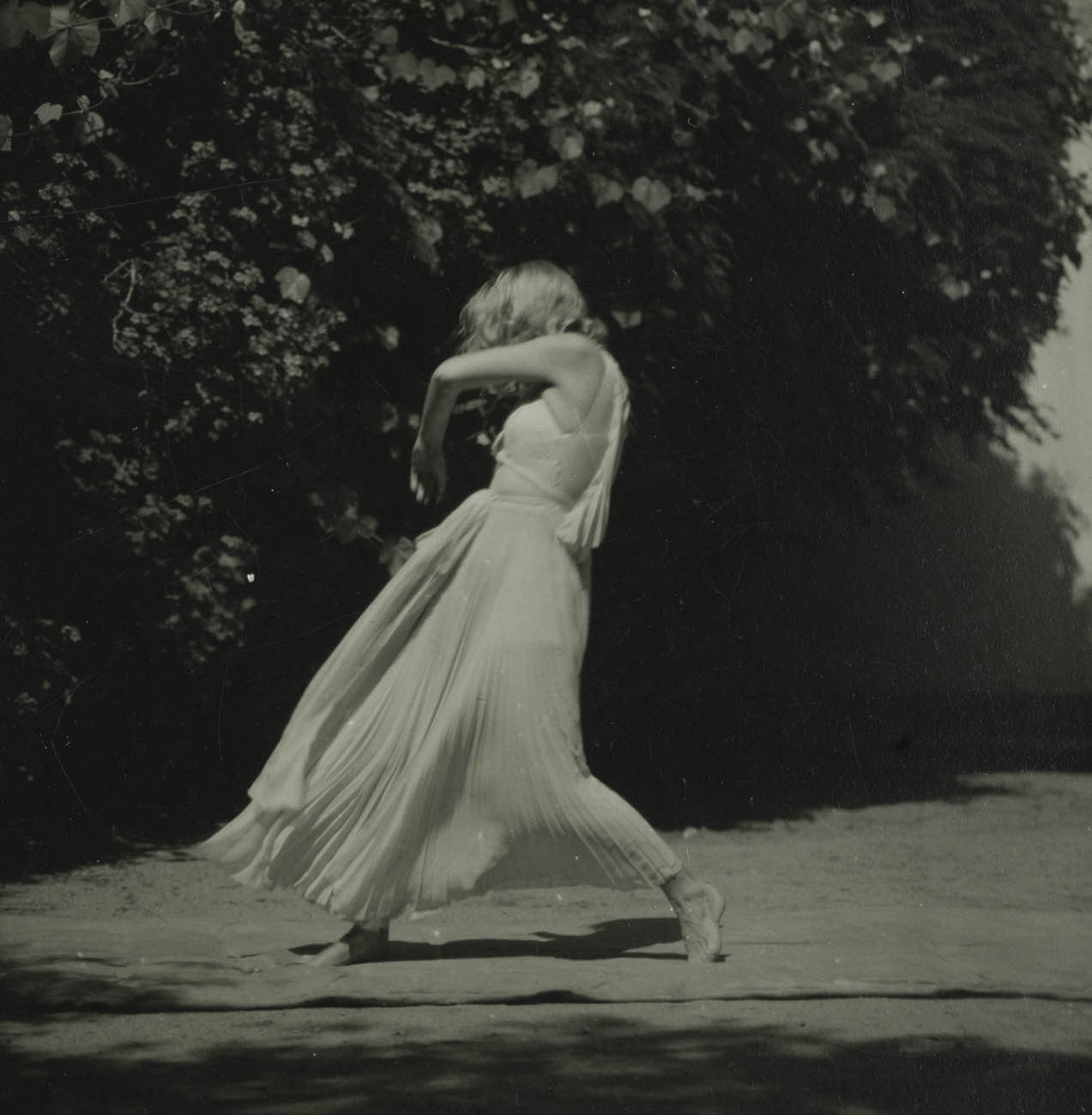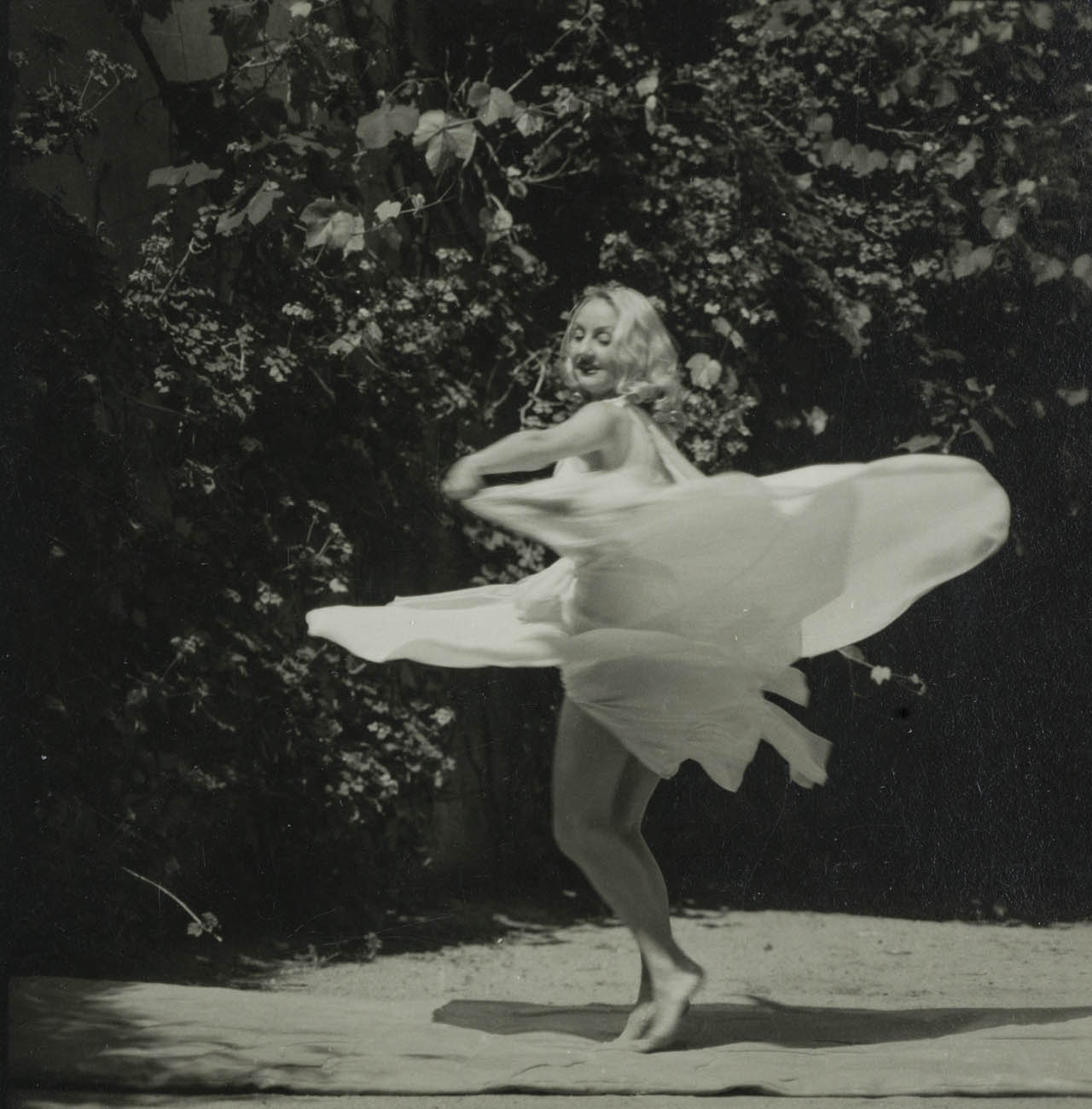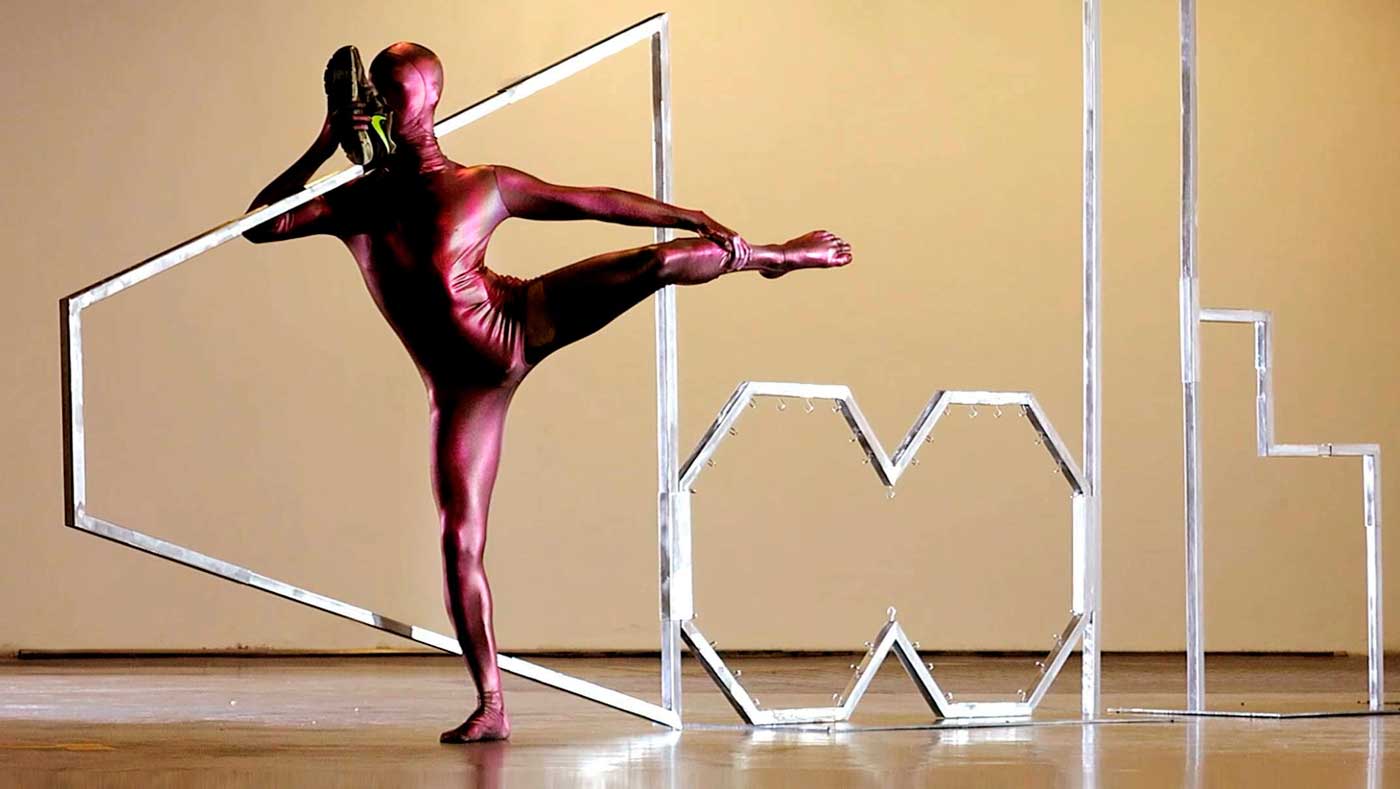Fast Forward
August 23rd – September 29th, 2019
INFO
Avance Rápido (Fast Forward) sets up a dialogue between two actions of recuperation. One is the recovery/discovery of Biyina Klappenbach (1904-1994), an almost completely forgotten and unknown multi-disciplinary woman artist who was a pioneer of Modern dance in Argentina in the 1930s as well as a visual artist. The providential finding of a portfolio of photographs taken by iconic Modernist photographer Anatole Saderman (1904-1993) in the late thirties has allowed us the only existing glimpse into her work. More than 60 contact prints made directly from negatives, and some larger vintage prints were found by Alfredo Srur, an “archaeologist” of early photography, while searching for other material. In The Art of Argentineans, published in 1939, art historian Jose Luis Pagano describes Biyina as someone “exceptional in our milieu” because of “the quality of her intelligence and her ability as an organizer” and as “a living example of the unity of all the arts” (in reference to music, poetry, visual and movement arts). Given her comprehensive approach to live art making, Biyina could be considered a precursor in Argentina of what many decades later would be called performance art.
Fast forward, Osias Yanov (b.1980). Regarded today as one of the seminal figures of contemporary performance art in Argentina, his first individual piece —after participating ten years in the art collective Rosa Chancho—, was Dinámica de encaje (Dynamics of Insertion), presented briefly in 2012 in the context of an artist-run gallery. It was then dismantled and never shown again. It was crucial in the development of Yanov´s work as it was the first in a series where the movements of performers responded to sculptural objects, in this case within a dreamlike atmosphere reminiscent of S&M practices. Many of his subsequent pieces continued this articulation of movement and sculpture, including those now in the collections of the Museum of Latin American Art of Buenos Aires (MALBA), and the Reina Sofia Art Center in Madrid. Dinámica de Encaje was also an early signal of an upsurge in performance art that developed a couple of years later in Buenos Aires with the establishment of the Performance Biennial in 2015 and the subsequent proliferation of performance-based works in galleries and museums.
In Osias’ work performance is employed to explore the possibility of body experiences as a tool of alternate knowledge and to pose questions about gender. Could we suppose that Biyina, single-handedly producing and presenting all aspects of her avant-garde works in the prejudiced Buenos Aires of the 1930s, was also using her body to defy -at least in practice- the prevalent notions about the role of women in her time and place?
